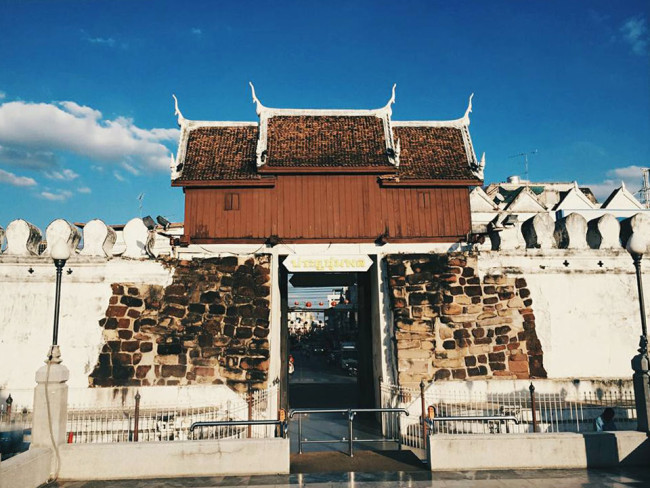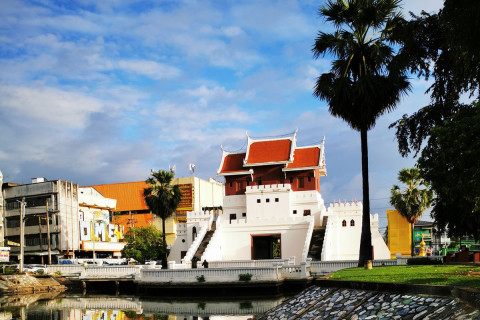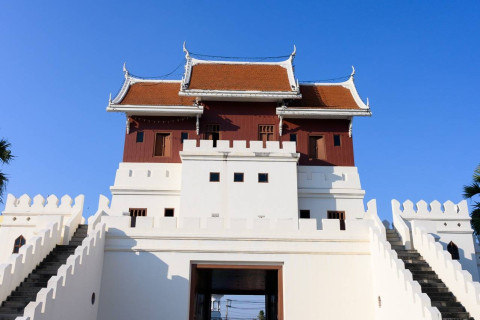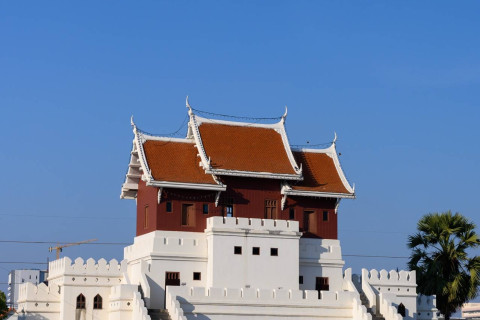Korat miniature gate
Nakhon Ratchasima, known as Korat, has served as the gateway to the northeastern region of Thailand since the Ayutthaya period. As a frontier city designed to defend against Khmer invasions, Korat was fortified with city walls and gates, which were constructed using laterite stone. These gates were strategically positioned in four directions:
North: Phlasaen Gate – Located near the Maeklong River, a major water source for Korat, this gate is commonly referred to as the "Water Gate" by locals. It is believed to have been named to imply that an army of a hundred thousand would be required to breach it.
South: Chai Narong Gate – This gate was traditionally used to carry out deceased bodies from the city due to the ancient belief that corpses should not be cremated within the city limits. It is thus known as the "Ghost Gate."
East: Phlalan Gate – Positioned close to the community of Thung Sawang, this gate is often called the "Thung Sawang Gate" by locals. The naming is thought to have been intended to intimidate enemies.
West: Chumphon Gate – Renowned for its proximity to the Thao Suranaree Monument, the name "Chumphon" refers to assembling troops for battle. Local tradition holds that passing under this gate would ensure one’s return to Korat, and it is still believed that crossing through the gate will bring one back to Korat.
Today, Chumphon Gate is the only original gate that has been restored, while the others have been rebuilt to accommodate modern environments and traffic, yet they still retain the essence of their historical significance for future generations to appreciate.



